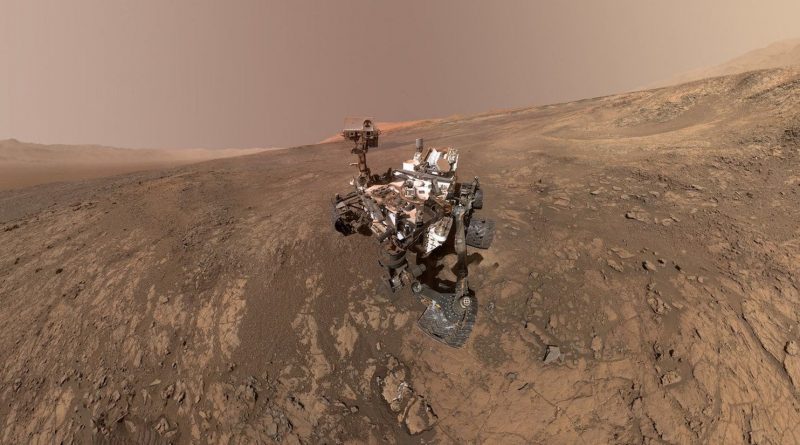Organic matter discovered on Mars by Curiosity
Nasa’s veteran Curiosity rover has found complex organic matter buried and preserved in ancient sediments that formed a vast lake bed on Mars more than 3bn years ago.
The discovery is the most compelling evidence yet that long before the planet became the parched world it is today, Martian lakes were a rich soup of carbon-based compounds that are necessary for life, at least as we know it. The groundbreaking discovery represents the best evidence yet that Mars was once home to lakes filled with the carbon-based compounds necessary for primitive life forms to develop.
In puffs of gas from rocks more than 3 billion years old dug up by one of NASA’s robotic explorers on Mars, scientists have identified several complex organic molecules — possible building blocks for ancient life. It’s not aliens. (It’s never aliens.)
Intriguingly, NASA scientists have been unable to determine how this organic matter originally formed, meaning that there is a chance that it was the byproduct of ancient organisms. It may have also been deposited on Mars by comets or asteroids in the distant past. Certainly, the presence of these compounds would have helped to sustain any life that did arise.
Researchers cannot tell how the organic material formed and so leave open the crucial question: are the compounds remnants of past organisms; the product of chemical reactions with rocks; or were they brought to Mars in comets or other falling debris that slammed into the surface? All look the same in the tests performed.
“The closer we look, the more we see that Mars is a complex, dynamic planet that — particularly early in its history — was more conducive to life than we might have previously imagined,” said Williford, who was not involved in either study.
A reminder: Organic molecules aren’t necessarily produced by organisms; they’re just chemical compounds that contain carbon. But they’re of interest to astrobiologists because they are the essential ingredients in all the chemistry that drives life on Earth.
Mars’s Gale Crater, where Curiosity has been trolling around for the past six years, is a particularly interesting place to look for those molecules. About 3.5 billion years ago, research suggests, this pockmark on the Martian surface was brimming with water.
But the water vanished when most of the Martian atmosphere was stripped away by brutal solar winds. And, given the intensity of the radiation bombarding the planet’s surface, it wasn’t clear whether any relics from that warm, wet period could still be preserved in mudstones on the lake’s dried-up floor.
But whatever the ultimate source of the material, if microbial life did find a foothold on Mars, the presence of organics meant it would not have gone hungry. “We know that on Earth microorganisms eat all sorts of organics. It’s a valuable food source for them,” said Jennifer Eigenbrode, a biogeochemist at Nasa’s Goddard Space Flight Center in Maryland.
“While we don’t know the source of the material, the amazing consistency of the results makes me think we have a slam-dunk signal for organics on Mars,” Eigenbrode added. “It is not telling us that life was there, but it is saying that everything organisms really needed to live in that kind of environment, all of that was there.”
The car-sized rover, which has trundled a careful 12 miles (19.3km) since it landed in the planet’s Gale crater nearly six years ago, detected a slew of organic molecules in pieces of Martian mudstone it drilled from the ancient lake bed and heated in its onboard oven. When the samples reached 500 to 820C, the rover’s instruments detected a range of so-called aromatic, aliphatic and thiophenic vapours. The science team believes these are breakdown products of even larger organic molecules, similar to those found in coal, which were trapped in the Martian rocks in the distant past.
Source: The Guardian



